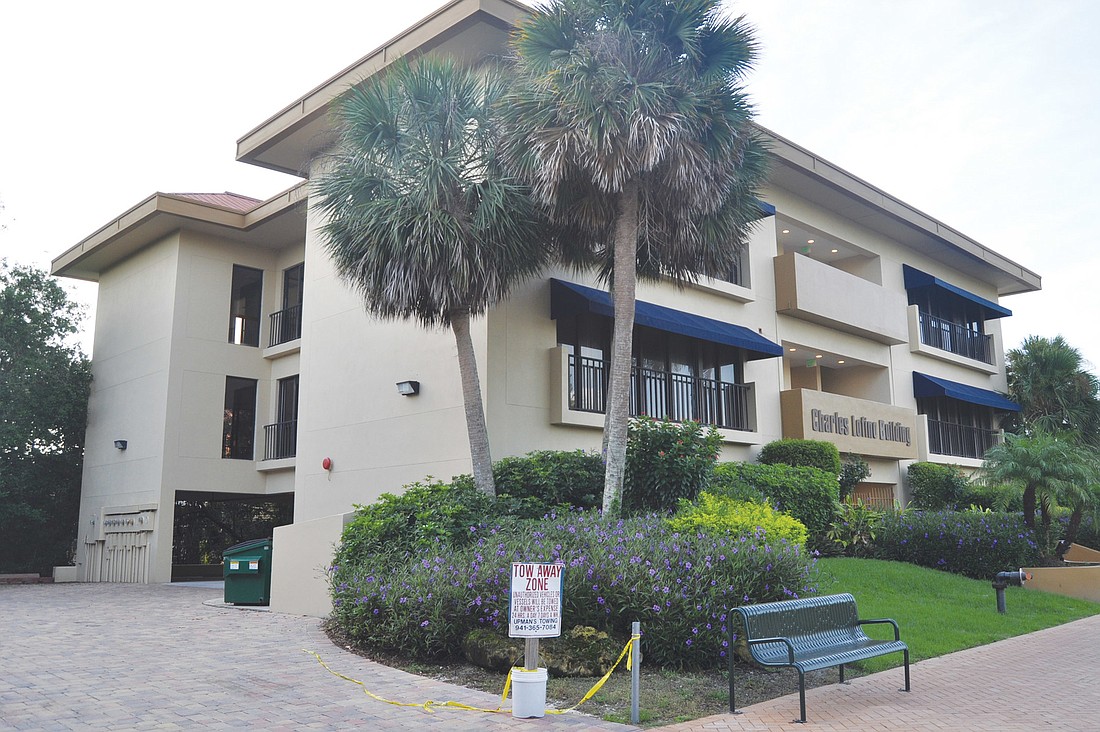- April 29, 2024
-
-
Loading

Loading

One of Sarasota County Administrator Randall Reid’s goals when he moved from Alachua County earlier this year was to develop a new strategy for dealing with homelessness. Siesta Key may benefit from his vision.
When Michael Shay, who co-chairs the Adopt-A-Road ad hoc committee for the Siesta Key Association, discovered Friday, Aug. 24, a vagrant was squatting in a vacant building on the north end of Siesta Key Village, he dredged up new dialogue about transients on the island.
The issue is often overlooked because there is only one transient consistently spotted near the roadways on Siesta, a disabled man residents call by his first name: Lance.
Shay, who has been a permanent resident of Siesta for eight months, spotted second homeless man sleeping under a tarp near the intersection of Higel Avenue and Ocean Boulevard. That sparked concerns about the island becoming a homeless oasis and subjected to the problems the city of Sarasota has recently faced. Reid said he’s vetting solutions.
“Siesta residents have their heads buried in the sand,” Shay said during a phone interview with the Pelican Press.
Lance has been a fixture at various Siesta intersections for more than seven years, and he frequently camps out at Bay Island Park adjacent to the north bridge. Shay said he believes residents offer food and money for cigarettes to the homeless man, allowing him to move to different areas around the island after police issue warnings.
“He’s got a right to be on the sidewalk — that’s fine,” Shay said. “But, my concern with this individual is that he’s using the bushes and private property as bathrooms.”
Banyan Bay Club staff trimmed thick bushes on their property where Lance used to sleep, Shay said, forcing the vagrant into the Village. Shay said during his 5 a.m. Village inspections he spots Lance loitering in front of Whispering Sands condominiums.
According to Shay, on Aug. 24 he witnessed while Lance used a water spigot on a vacant property to wash himself and his clothes and watched him “relieve himself” before he crossed the street to the nearby retirement community. The public exposure presents an opportunity for deputies to act.
“I talk to the sheriff when I get a chance, but you probably have to catch him in the act,” said Sarasota County Commissioner Nora Patterson, also a Siesta resident.
The issue was discussed by Siesta organizations two years ago, said Sarasota Coalition of Community Neighborhood Associations President Lourdes Ramirez, herself an island resident. However, it was never resolved.
“I don’t believe we have the ability to do anything,” Patterson said. “We’ve tried to offer him some assistance.”
Reid said during an Aug. 28 interview he could see the problem from his downtown Sarasota condominium.
“There’s a rhythm to the community, people going to school and coming back,” Reid said. “One of the rhythms is the homeless going out and coming back — the question is, where do they go?”
Some solutions require detailed forward planning. By designing public benches with armrest dividers, parks and recreation can give someone a place to sit — not sleep.
“You’re furthering a social problem by the very bench you select for a park,” Reid said.
Larger alternatives include developing a “one-stop center” for the less fortunate, Reid said. A place where food and counseling is provided could thin the ranks of the vagrants who trek, each morning, from the Salvation Army to public places, Reid said.
“A venue is a place you build to attract people,” Reid said. Some Florida counties, including Alachua County, are toying with the idea of one-stop centers, venues for the homeless or those with social services needs, to address the issue.
“They are people,” Reid said. “And we have an obligation to give all people a satisfactory quality of life.”